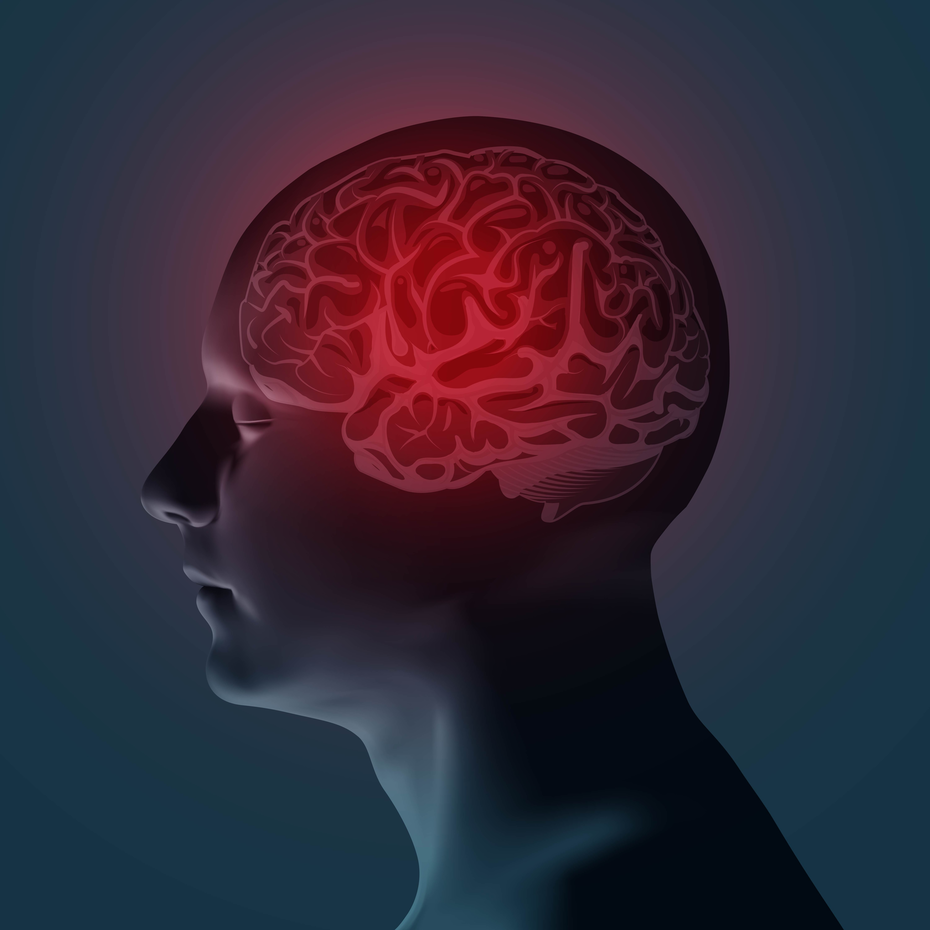Article
DBS Found Safe for Parkinson Disease Dementia
Author(s):
Neuropsychiatric Inventory scores were improved by an average of 8.5 points with NBM DBS compared to sham stimulation.

Thomas Foltynie, PhD
Parkinson disease dementia (PDD) patients can safely tolerate deep brain stimulation (DBS) of the nucleus basalis of Meynert (NBM) with no serious adverse effects, according to a new study.
Patients came out of surgery without any worsening of their cognitive function and there was a small signal that DBS of the nucleus basalis may reduce the severity of visual hallucinations, corresponding author Thomas Foltynie, PhD, a professor of neurology and Honorary Consultant Neurologist at University College London Institute of Neurology, told MD Magazine.
“The traditionally held belief that DBS should not be performed in patients with dementia can be challenged, provided the patients remain otherwise good candidates for DBS surgery,” Foltynie said.
According to the Parkinson's Foundation, close to 10 million people worldwide have PD. Studies that have followed patients with PD over the course of their lives after diagnosis estimate that 50% to 60% of them may develop PDD. Currently, there is no cure for PDD, and treatments, which may include medication, aim to control symptoms.
In a randomized, double-blind trial, 6 patients diagnosed with PDD (100% male) with a mean age of 65.2 years, were treated with NBM DBS at a neurological referral center in the United Kingdom from October 26, 2012 to July 31, 2015. To be eligible for the trial, subjects had to meet the following criteria: diagnosis of PDD, motor fluctuations, appropriate candidates for surgery, between the ages of 35-80, able to give informed consent, had a Mini-Mental State Examination score of 21 to 26, had minimal atrophy as seen on results of brain magnetic resonance imaging (MRI), and lived at home with a caregiver-informant.
After the surgical procedure, patients were assigned to 2 groups: 1 receiving active stimulation (bilateral, low-frequency [20 Hz] NBM DBS) and the other receiving sham stimulation, for 6 weeks. This was followed with each group getting the opposite treatment for another 6 weeks.
The primary outcome was the difference in scores on each item of an abbreviated cognitive battery (California Verbal Learning Test-II, Wechsler Adult Intelligence Scale-III-digit span, verbal fluency, Posner covert attention test, and simple and choice reaction times) between the 2 groups. Secondary outcomes were exploratory, and included differences in scores on standardized measurements of cognitive, psychiatric, and motor symptoms and resting-state functional MRI.
No consistent improvements were observed in the primary cognitive outcomes or in results of resting state functional MRI. Neuropsychiatric Inventory (NPI) scores were improved with NBM DBS (8.5 points [range, 4-26 points]) compared with sham stimulation (12 points [range, 8-38 points]; median difference, 5 points; 95% CI, 2.5-8.5 points; P = .03) and the preoperative baseline (13 points [range, 5-25 points]; median difference, 2 points; 95% CI, —8 to 5.5 points; P = .69).
An accompanying editorial written by Wisamm Deeb, MD; Michael S. Okun, MD; and Leonardo Almeida, MD, noted that “it is probably too premature to draw any conclusions; however, the findings from this study will likely encourage further exploration of DBS in patients with Parkinson disease dementia.”
Foltynie said that they could not confirm that DBS could be as well tolerated in the subthalamic nucleus, which is also affected by PDD. “But future studies should explore different trajectories and different stimulation frequencies to assess further whether NBM DBS helps patients with visual hallucinations,” he said.
The study, “Bilateral Deep Brain Stimulation of the Nucleus Basalis of Meynert for Parkinson Disease Dementia” was published in JAMA Neurology.
Related Coverage >>>
FDA Grants Orphan Drug Designation to OPMD Therapy
High Intensity Treadmill Exercise Effective in Early Parkinson Disease
Tardive Dyskinesia Biomarkers Found in Blood Serum





